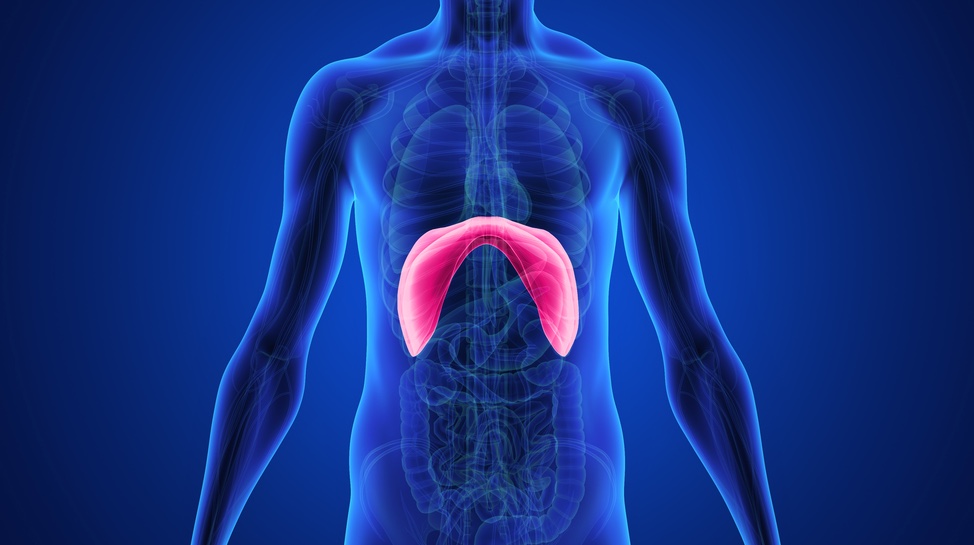Did you know that:
- Your diaphragm is a big muscle that sits like a parachute in your chest.
- Your pelvic floor muscle and your diaphragm are closely connected. When you breathe in your diaphragm will move downwards and so should your pelvic floor muscle. As you breathe out your diaphragm will move upwards and so should your pelvic floor muscle.
- With our crazy busy lives quite often we don’t think about our breathing and take short shallow breaths, usually from the upper part of our rib cage and lungs. This does not allow any movement in your pelvic floor.
Breathing through Pregnancy and Post-natally:
- In the last stages of pregnancy our baby usually comes up and under our rib cage. This can give you a feeling of breathlessness when walking up stairs or going for a walk because the lung capacity is not as big. Post-natally we need to work with our diaphragm to ensure that it descends again and is able to expand like it did before we fell pregnant.
- Once our baby arrives we are often so busy that we forget to breathe properly.
- When our diaphragm is not functioning effectively, every system in our body can be affected. This can include; bladder leaking, pelvic organ prolapse, back pain (both lower and upper back) and decreased stress management.
What you can do:
- Start simply breathing in through the nose and out through the mouth. Imagine your rib-cage as a 360-degree barrel and see if you can fill that barrel full of air. Try to do that a few times a day and see if it makes any difference to your energy levels and to your levels of stress.
If you would like more information, please contact us on 021 4633455 or you can book an appointment online by clicking here
We hope you enjoyed today’s blog by Carol O’Brien, Chartered Physiotherapist.

